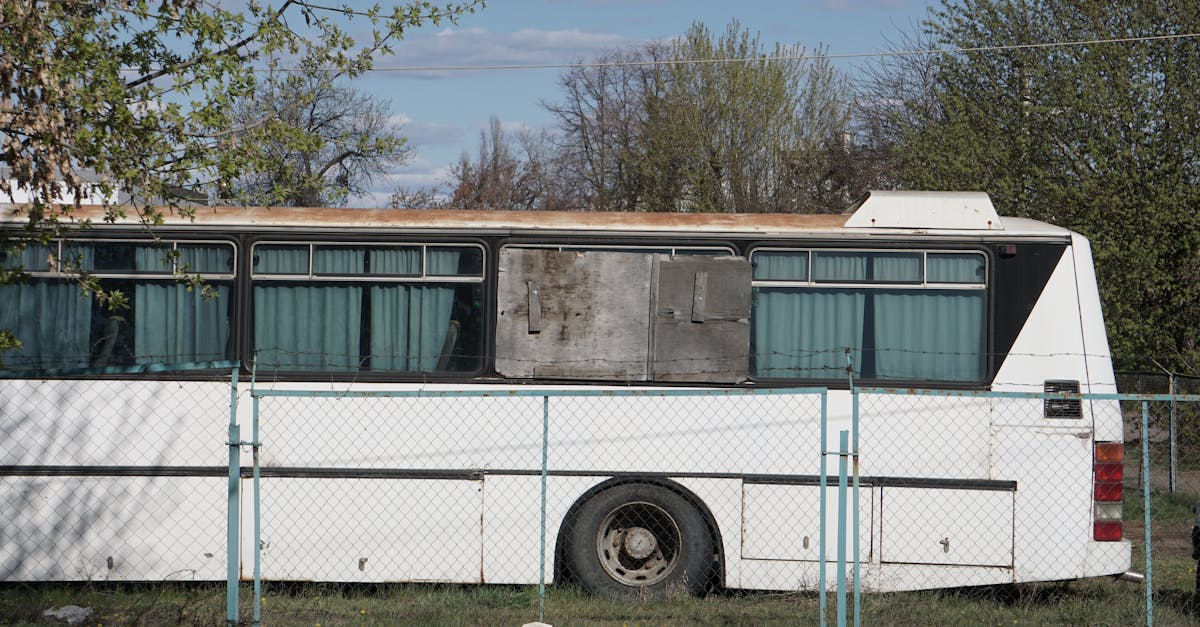
Copper Roofing: Resisting Corrosion and Weathering
Table Of Contents
n to the material cost, installation and maintenance expenses should be taken into account when evaluating the overall cost of copper roofing. Proper installation by experienced professionals is crucial to ensure the longevity and performance of the roof. Regular inspections and timely repairs can help prevent major issues down the line, ultimately saving homeowners money in the long run.
Longterm Savings of Investing in Copper Roofs
Investing in copper roofs can result in significant long-term savings for property owners. While the initial cost of installing a copper roof may be higher than other roofing materials, the durability and longevity of copper roofs make them a wise investment in the long run. Copper roofs can last for over a century with proper maintenance, outlasting many other roofing materials that may require frequent replacements or repairs.
Additionally, the energy efficiency of copper roofs can contribute to cost savings over time. Copper is a highly reflective material, helping to reduce heat absorption and lowering cooling costs during hot summers. This energy efficiency not only benefits the environment but also leads to lower energy bills for property owners. Overall, the longevity and energy-saving properties of copper roofs make them a cost-effective choice for those looking for a durable and sustainable roofing option.
Inspecting and Repairing Copper RoofsPreventive Maintenance for Corrugated Metal Roofs
When it comes to inspecting copper roofs, regular maintenance is key to ensuring their longevity and performance. Begin by visually examining the roof surface for any signs of damage such as cracks, leaks, or discoloration. Check for any areas where the copper may have shifted or lifted, as this can indicate potential issues with the roof's integrity. It is also important to inspect the gutters and downspouts for any blockages or damage that could affect the roof's drainage system.
Repairing copper roofs requires skill and attention to detail to ensure the job is done correctly. When fixing minor issues such as small cracks or holes, use copper-specific patching materials to ensure a seamless repair. For more significant damage or leaks, it is advisable to seek the assistance of a professional roofer experienced in working with copper roofs. Properly addressing repairs in a timely manner can help prevent further damage and extend the lifespan of your copper roof.
Identifying Common Issues in Copper Roofing2024-07-04
Copper roofing, though durable and attractive, is not without its common issues. One prevalent problem often encountered with copper roofs is corrosion. Over time, exposure to various weather conditions and environmental factors can cause the copper material to corrode, leading to potential leaks and structural damage if left unchecked. Regular inspections and maintenance are essential to identify and address early signs of corrosion before they escalate.
Another common issue with copper roofing is discolouration. The natural patina that forms on copper roofs due to oxidation can sometimes result in inconsistent or undesirable discolouration. This can detract from the overall aesthetic appeal of the roof. Proper cleaning and maintenance techniques can help prevent or minimise discolouration, preserving the beauty and integrity of the copper roofing for years to come.Troubleshooting Common Maintenance Issues for Corrugated Metal Roofs
2024-07-04
Table Of Contents
Environmental Impact of Copper Roofing
&